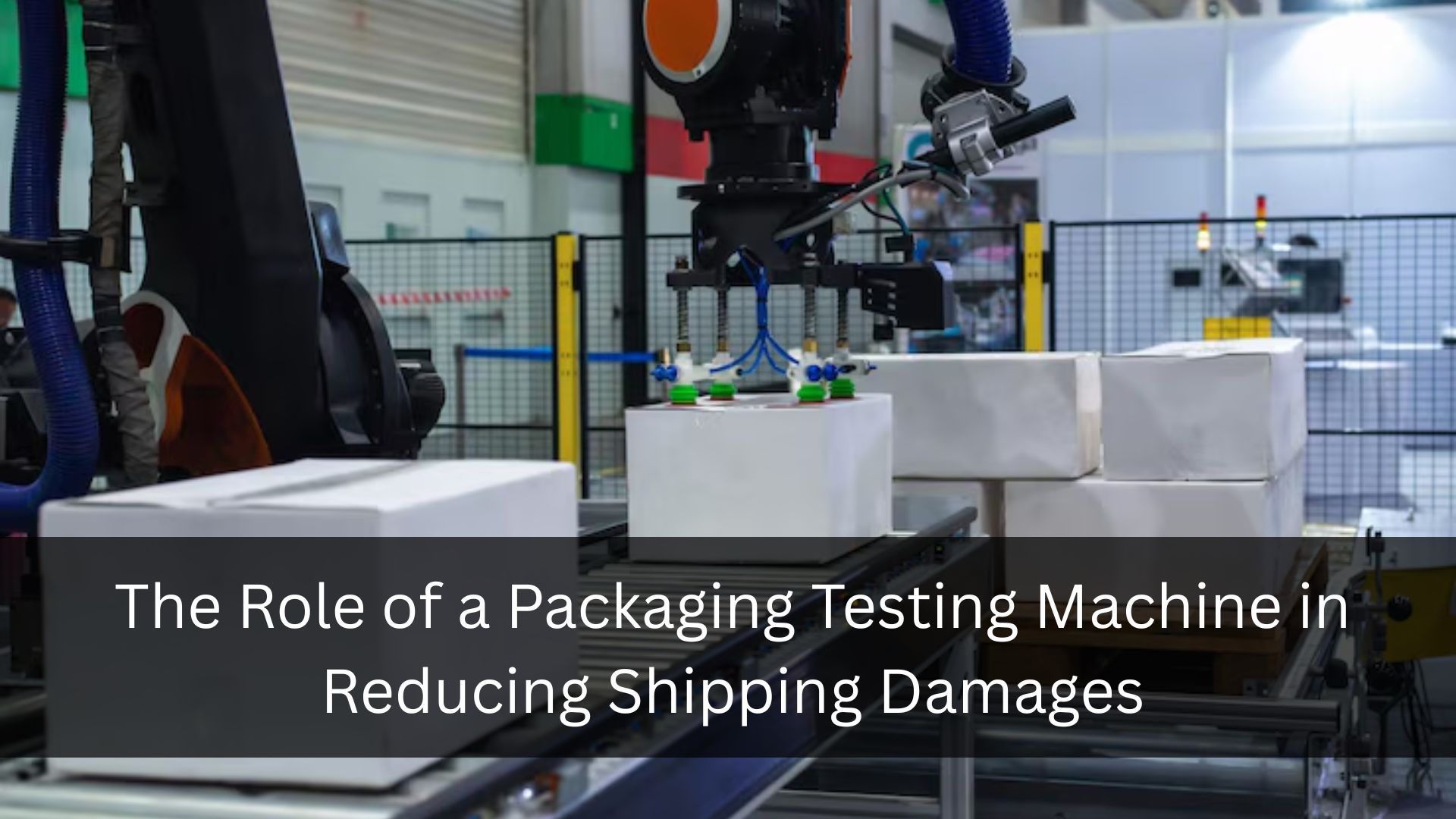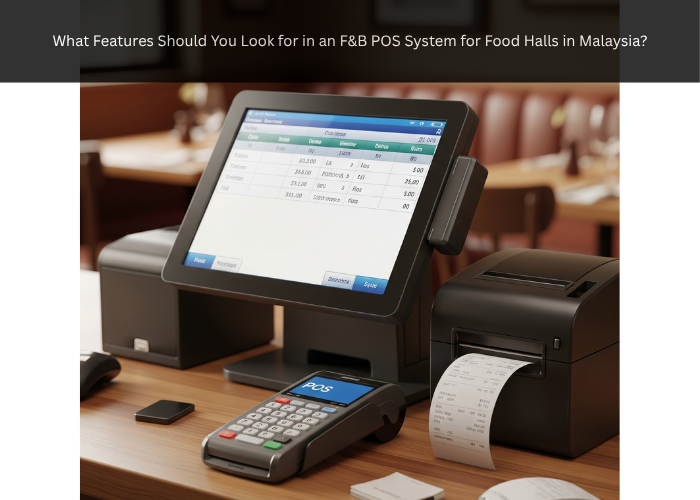Why Shipping Damage Is a Critical Concern in Modern Supply Chains
Before diving into how a Packaging Testing Machine helps, it’s important to understand the scale of the problem. Damaged goods during shipping lead to significant financial losses, customer dissatisfaction, and wasted resources. Whether it’s broken electronics, spoiled food, or dented cosmetic products, the root cause often lies in inadequate packaging.
Shipping damage affects more than just the bottom line. It also undermines customer trust and increases return rates, which can harm brand reputation. By integrating a Packaging Testing Machine into the packaging development process, companies can proactively prevent these issues.
How a Packaging Testing Machine Simulates Shipping Conditions
A Packaging Testing Machine plays a vital role in evaluating how packaging responds to real-world shipping hazards. It mimics the physical stresses a package may encounter during transport, such as vibrations, drops, compressive forces, and temperature changes. By simulating these conditions, companies can identify weaknesses in packaging design and material before they cause actual damage.
Let’s explore how each testing method offered by a Packaging Testing Machine contributes to shipping damage prevention:
Drop Testing with a Packaging Testing Machine
Drop testing is one of the most direct ways to assess a package’s ability to survive accidental falls during handling. A Packaging Testing Machine can drop packages from various heights and angles, replicating scenarios like falling off a conveyor belt or being mishandled by a delivery person. If the packaging fails, engineers can redesign the cushioning or materials to improve resistance.
Vibration Testing Using a Packaging Testing Machine
Packages often endure long trips on trucks, ships, or planes, where they’re subjected to continuous vibration. A Packaging Testing Machine equipped with vibration testing functionality replicates these travel conditions. By evaluating how internal components shift or loosen under prolonged vibration, manufacturers can make packaging adjustments that prevent internal damage.
Compression Testing by a Packaging Testing Machine
During shipping and storage, boxes are often stacked, exposing them to heavy loads. A Packaging Testing Machine performs compression tests to determine how much weight a package can withstand without collapsing. This is especially useful for products shipped in bulk or stored in warehouses with high stacking.
Environmental Testing with a Packaging Testing Machine
In global shipping, packages may encounter extreme temperatures or humidity. Some Packaging Testing Machines simulate environmental conditions to test how packaging performs under various climate scenarios. Materials may become brittle in cold conditions or weaken in humid environments—knowing this in advance allows for smarter material choices.
How a Packaging Testing Machine Improves Packaging Design
An often-underestimated benefit of a Packaging Testing Machine is its ability to guide packaging design improvements. Through data-driven results, engineers and designers can optimize the structural integrity and efficiency of packaging.
For example, if vibration testing reveals that internal components are shifting too much, designers might add foam inserts or redesign the internal structure. Similarly, if a compression test indicates that a box deforms too easily, switching to a double-walled design or different corrugated grade could resolve the issue.
These enhancements not only reduce damage but also improve the overall customer experience by delivering products in pristine condition.
Cost Savings Achieved Through Packaging Testing Machine Implementation
Integrating a Packaging Testing Machine into your quality assurance process is an investment that pays long-term dividends. The direct and indirect cost savings can be substantial:
- Reduced Returns and Refunds: Minimizing damaged goods leads to fewer customer complaints and less money spent on replacements.
- Lower Shipping Insurance Claims: Insurance premiums and claim processing time are reduced when fewer incidents occur.
- Optimized Packaging Materials: Testing allows companies to find the perfect balance between protection and cost, avoiding over-packaging.
- Improved Supply Chain Efficiency: Reliable packaging means fewer disruptions in logistics caused by damaged or rejected shipments.
In short, a Packaging Testing Machine helps convert guesswork into precision, which ultimately translates to greater operational efficiency and profitability.
Real-World Applications of Packaging Testing Machines in Reducing Shipping Losses
Several industries have embraced the use of Packaging Testing Machines to combat shipping-related product damage. Each sector has its unique packaging challenges, and testing machines help address those specifically:
- E-commerce: With increasing customer expectations and frequent single-item shipments, drop and vibration testing are essential to ensure items arrive undamaged.
- Pharmaceuticals: Medicine requires secure, tamper-proof packaging that can withstand both environmental changes and rough handling.
- Electronics: Gadgets are sensitive to impact and vibration, making thorough packaging testing a necessity to protect delicate components.
- Food & Beverage: Testing ensures packaging prevents leakage, maintains freshness, and resists crushing during distribution.
In all these industries, a Packaging Testing Machine is not a luxury—it’s a requirement for maintaining high standards.
How to Choose the Right Packaging Testing Machine for Shipping Applications
When selecting a Packaging Testing Machine, businesses must consider their specific shipping challenges and packaging types. Here are a few key factors to guide the decision:
- Testing Capabilities Needed: Does your packaging need drop, vibration, compression, or all-in-one testing?
- Package Type and Size: Make sure the machine can accommodate the dimensions and weight of your packages.
- Compliance Standards: Choose a machine that supports international standards such as ASTM, ISTA, and ISO.
- Automation and Reporting: Modern Packaging Testing Machines come with advanced software for tracking and analyzing test data.
- Scalability: Select a system that can grow with your production volume and product range.
Making the right investment ensures long-term effectiveness in reducing shipping damage and improving package reliability.
The Role of Packaging Testing Machines in Sustainable Shipping
Sustainability is a growing priority for companies and consumers alike. Overuse of packaging materials contributes to waste, while under-packaging risks product loss and additional transportation emissions from returns. A Packaging Testing Machine helps strike a perfect balance.
By accurately identifying the minimum material needed to protect a product, companies can reduce excess packaging while still ensuring safety. This not only lowers shipping weight and costs but also supports environmental goals by reducing landfill waste and carbon emissions.
Conclusion: Why a Packaging Testing Machine Is Key to Damage-Free Delivery
Shipping damage is a costly, reputation-damaging issue that affects every business involved in physical product distribution. However, it is also preventable—with the right tools in place. A Packaging Testing Machine empowers companies to predict and resolve packaging failures before products ever leave the warehouse.
From drop and vibration testing to climate and compression analysis, these machines provide actionable insights that improve packaging durability, reduce losses, and enhance customer satisfaction. For any business that takes shipping seriously, investing in a Packaging Testing Machine is no longer optional—it’s a critical step toward long-term success and operational excellence.










